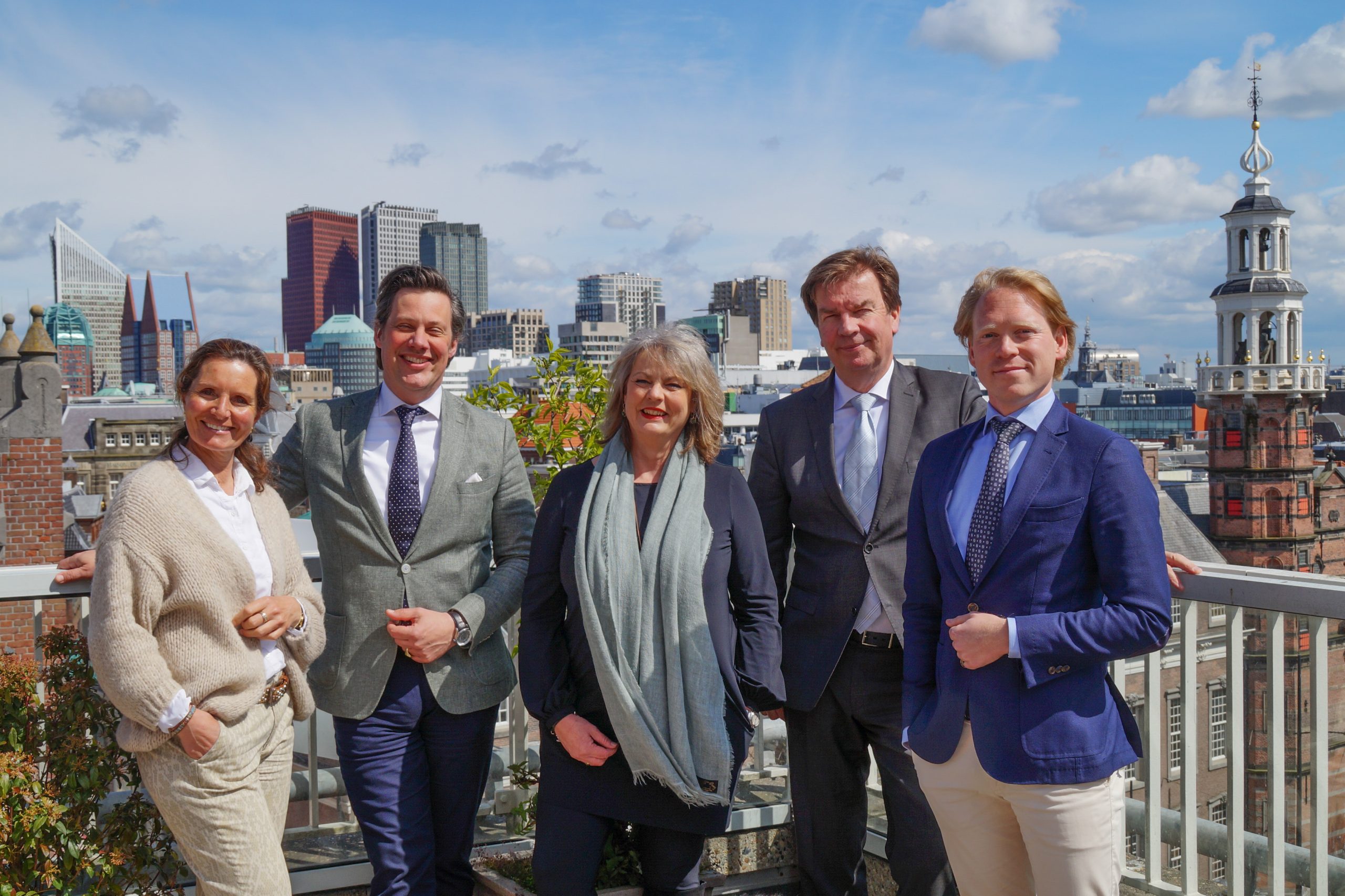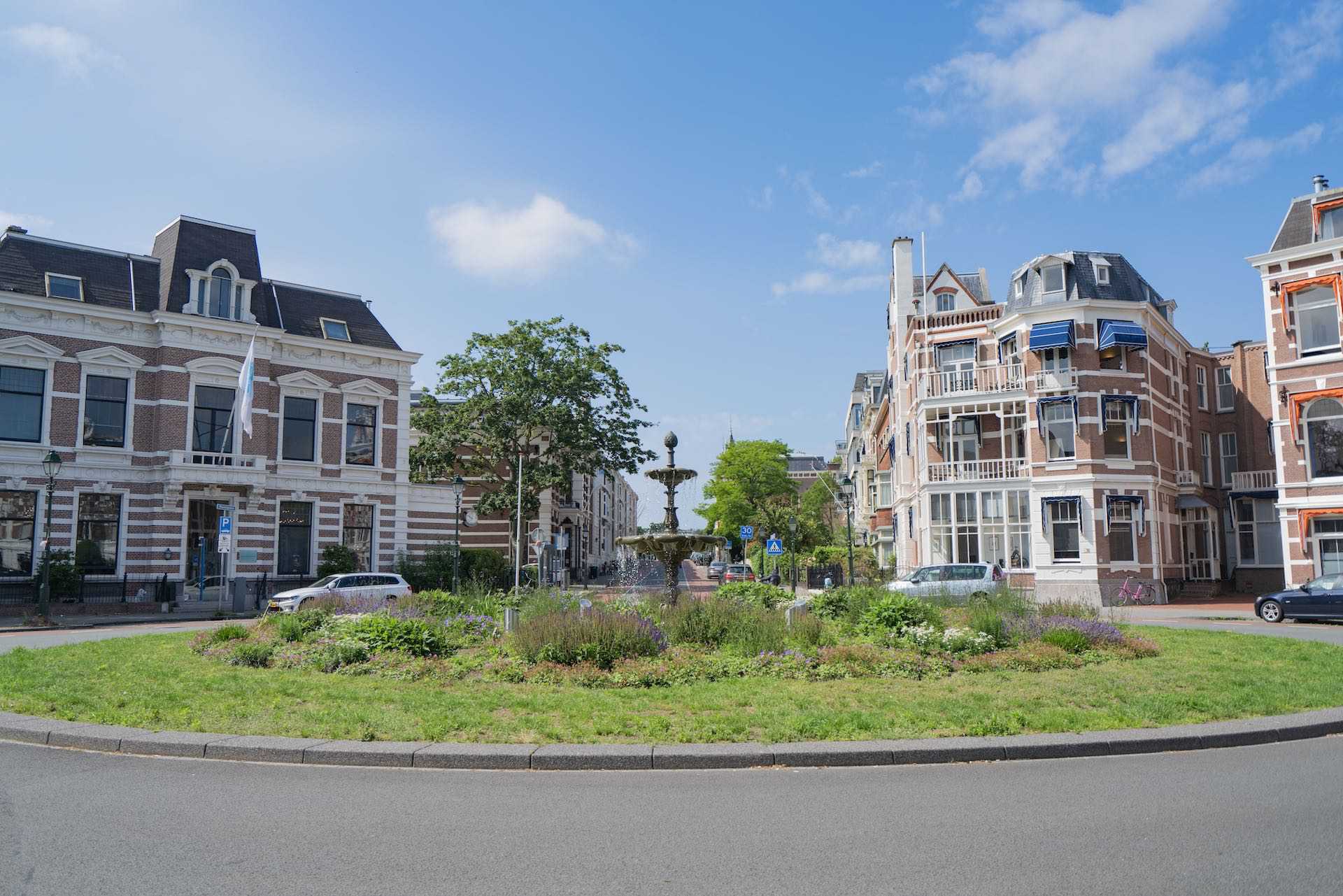
Archipelbuurt
The Archipel neighborhood, also known as the Indonesian area due to street names such as Javastraat, Balistraat and Sumatrastraat get its name from the houses that were built here when many Dutch pensioners returned from Indonesia and bought houses in streets with familiar names. bought houses in streets with familiar names.
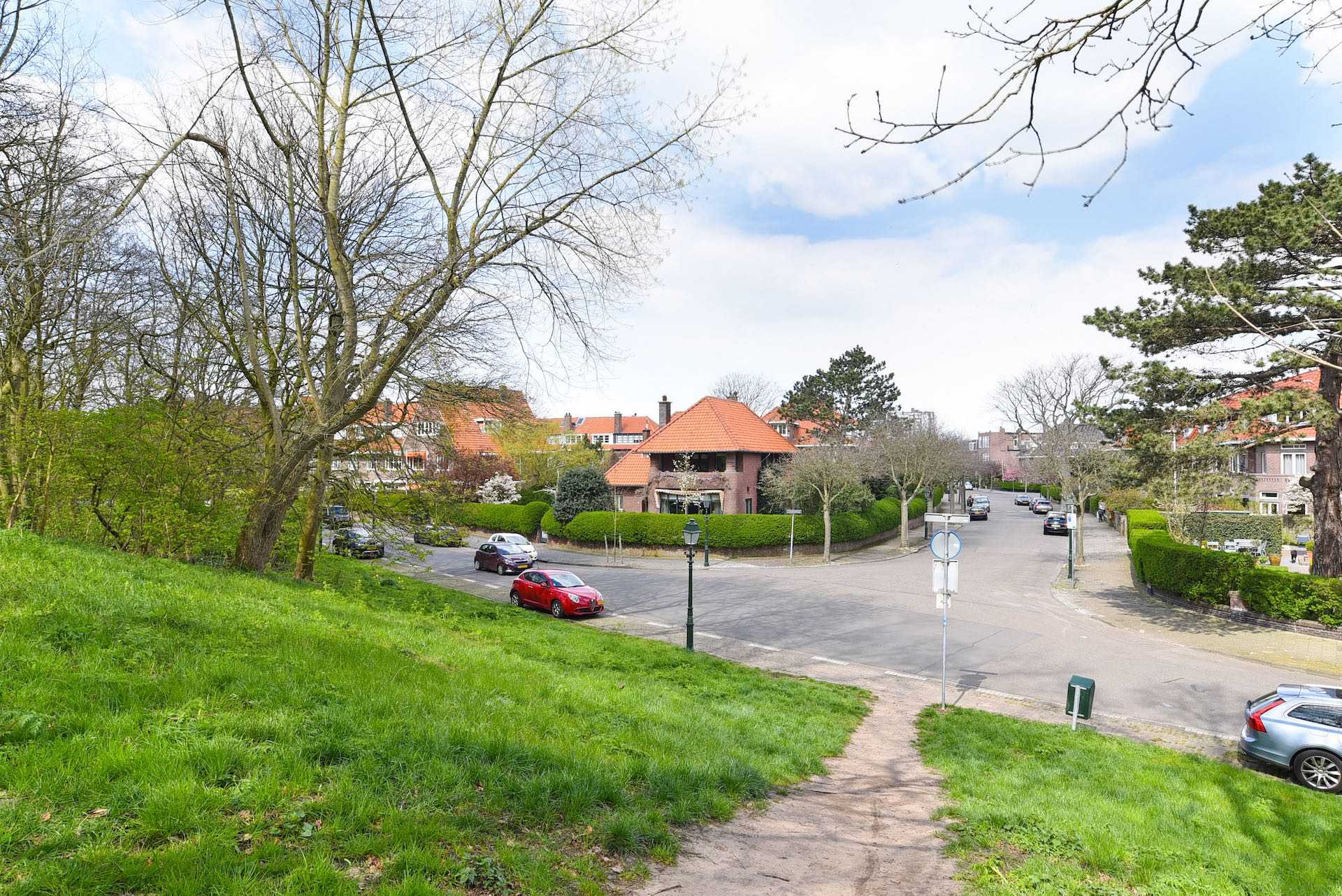
Belgisch park
Originally built before and after the first World War, with well-known streets such as Gentsestraat, Stevinstraat and at the edge the Badshuisweg on the Southside.
The original name was “Nederlandsch-Belgisch Park” but throughout the years this was shortened to Belgisch Park.
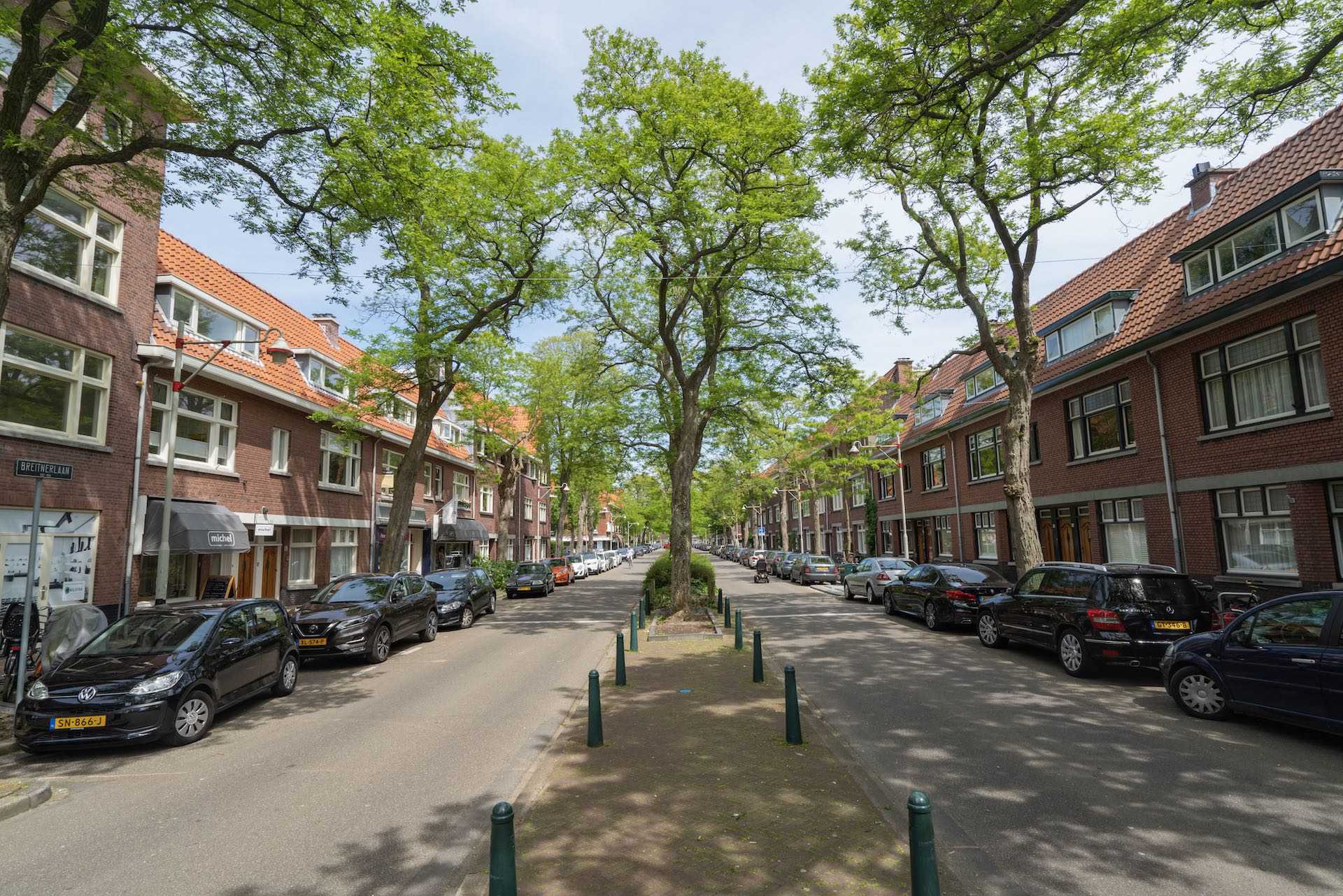
Benoordenhout
A neighborhood situated to the North of Haagse Hout in between several of The Hague’s estates and nature reserves.
wo very characteristic areas, Nassaubuurt (built in the 1890’s) and Duinzigt (built in the 1970’s) help define Benoordenhout.
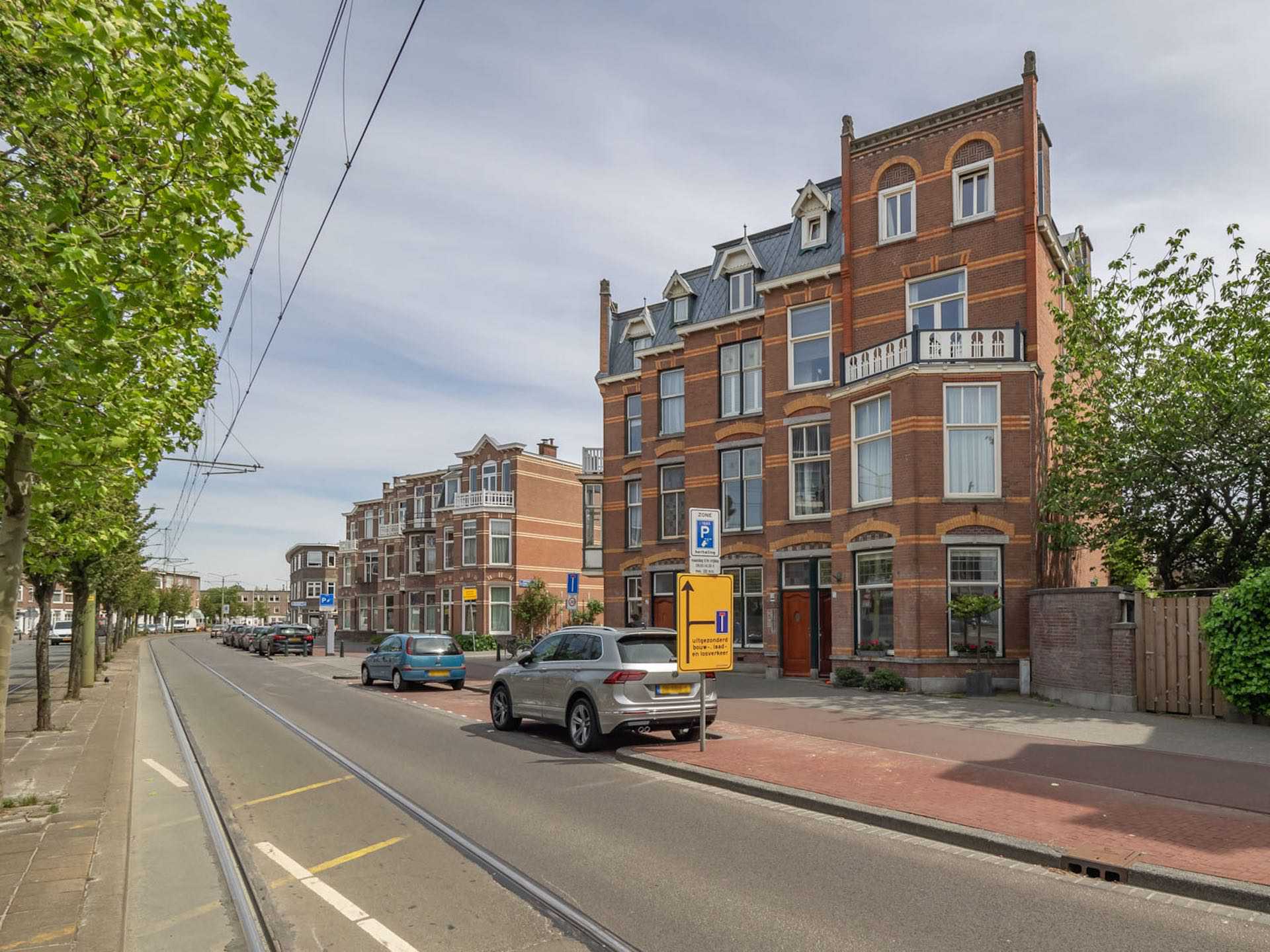
Bezuidenhout
A neighborhood situated South of Haagse Hout, on the Bezuidenhoutseweg. Known for the Theresiastraat with hall its shops and restaurants and the easy access.
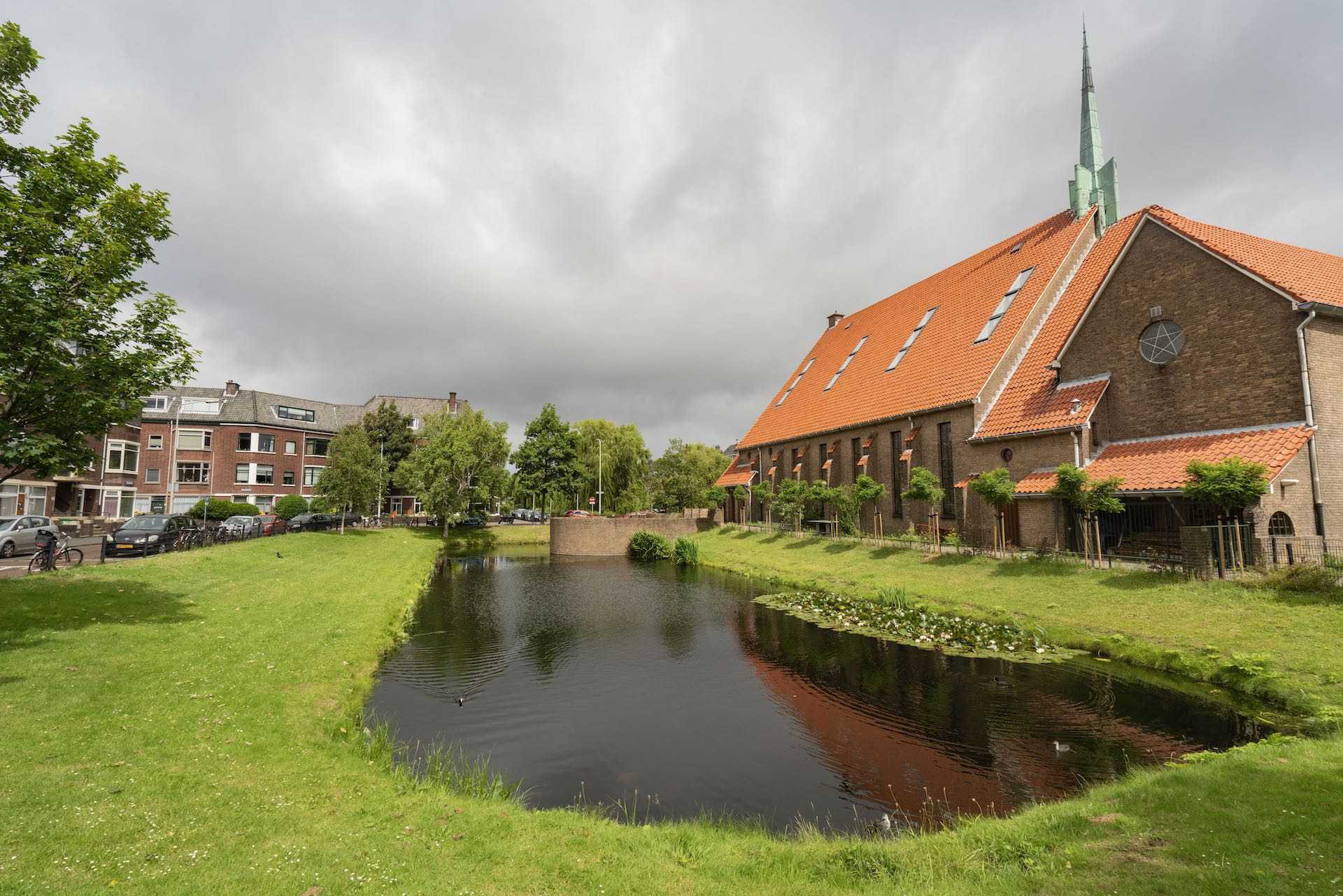
Bomen- en Bloemenbuurt
Bordering on the Valkenboskwartier and the Vruchtenburt, this neighborhood was built between 1911 and 1923 and built on an ancient beach wall. In 1901, the architect H.P. Berlage expanded the neighborhood to include many characteristic squares and long streets.
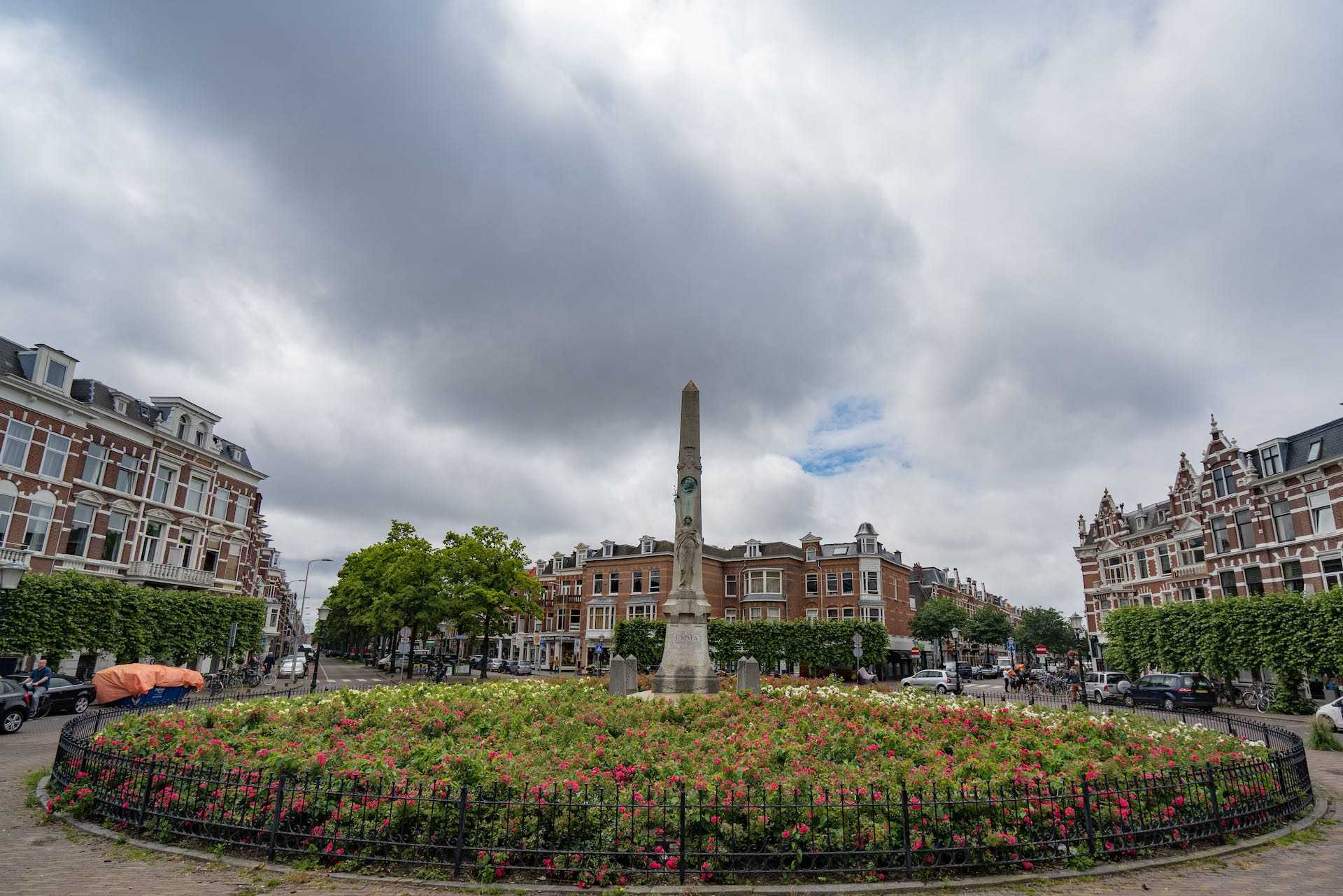
Regentesse- en Valkenboskwartier
The Regentessekwartier was built between 1885 and 1910. The name refers to Queen Regent Emma.
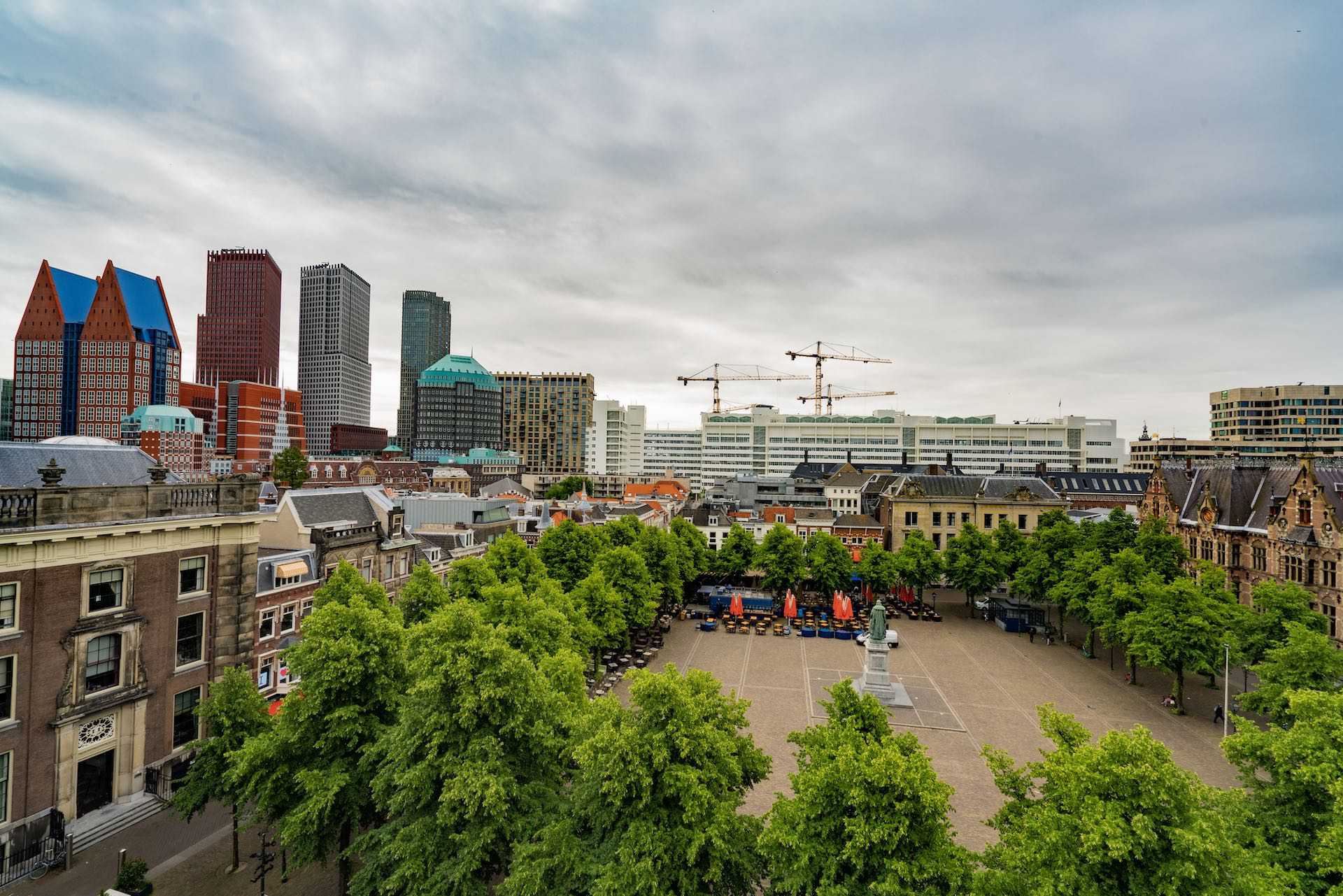
Center
The city center started around the Hofvijver, a former dune lake, around which the Binnenhof was built.
Traditionally, this has been the center of the International city,
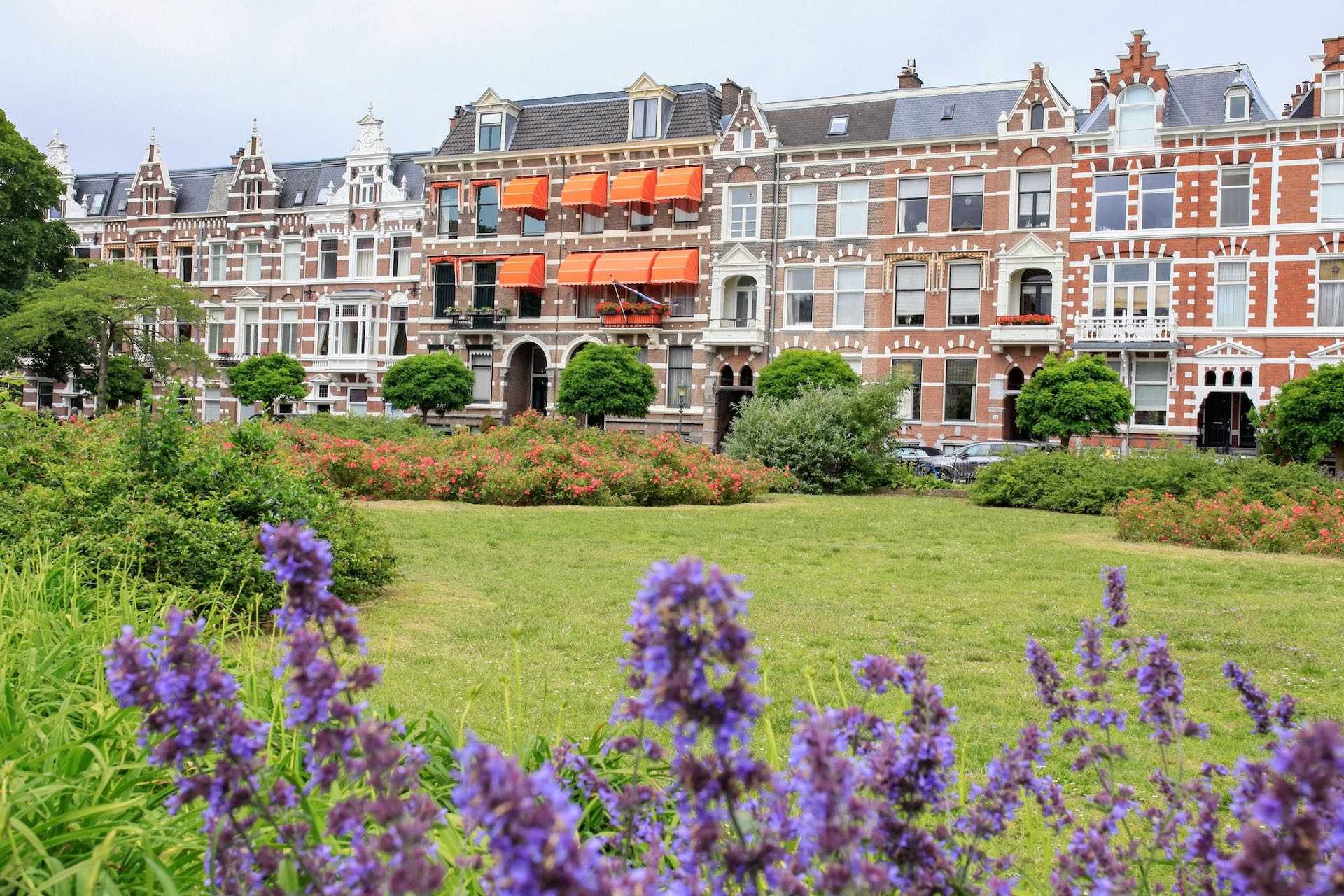
Duinoord
Built in 1891 on a former sand dune, a spacious residential area with long streets adjacent to the Verversingskanaal and the Conradkade. Located on the famous Groot Hertoginnelaan, enclosed by neighborhoods such as the Statenkwartier and the Regentessekwartier.
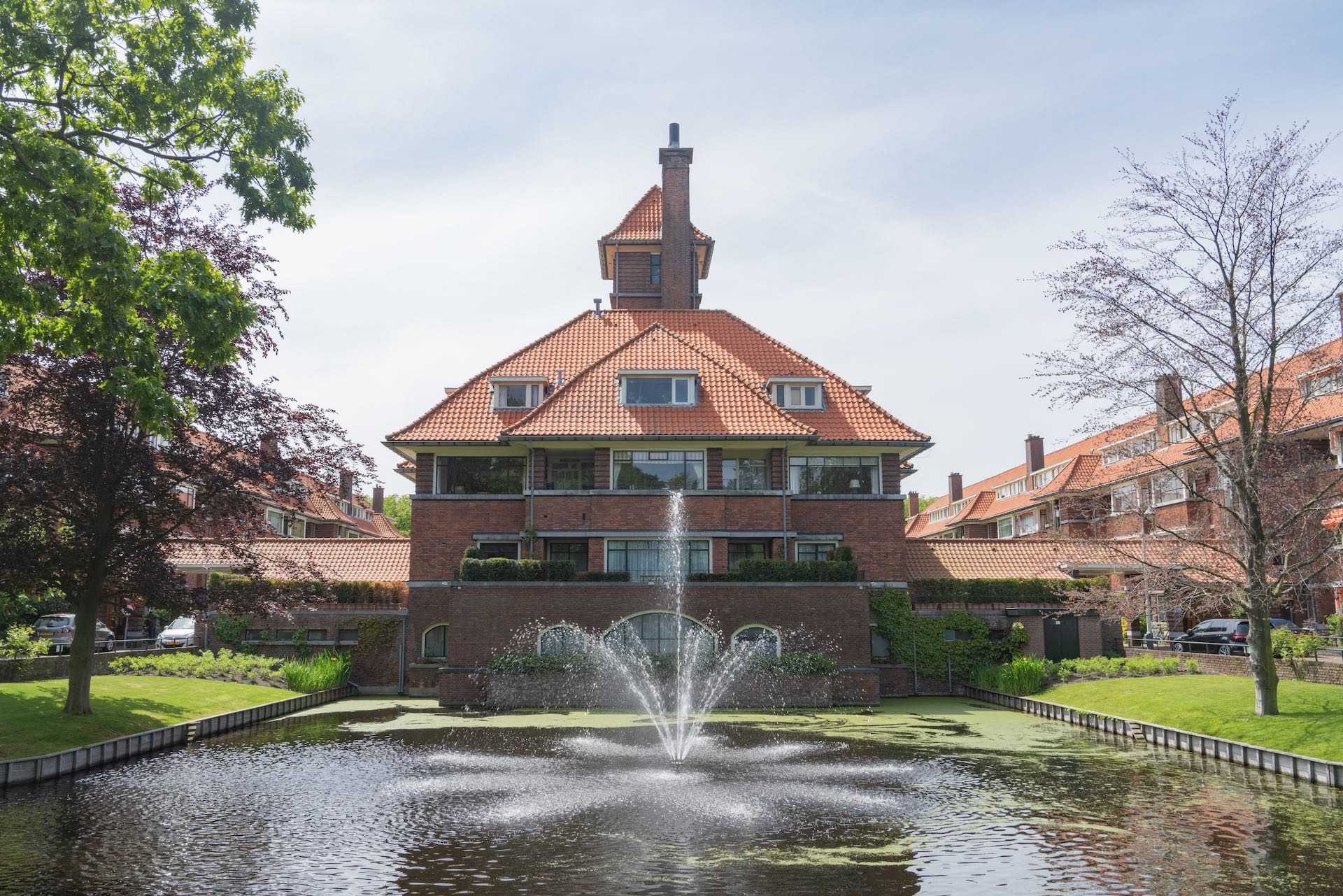
Marlot
A former estate, with the same name as the neighborhood, between Benoordenhout and Bezuidenhout, quietly situated in the foothills of the Haagse bos. Purchased by the municipality of The Hague since 1917 to make it a neighborhood comparable to the Vogelwijk and Houtrust, but then less fragmented and clearer.
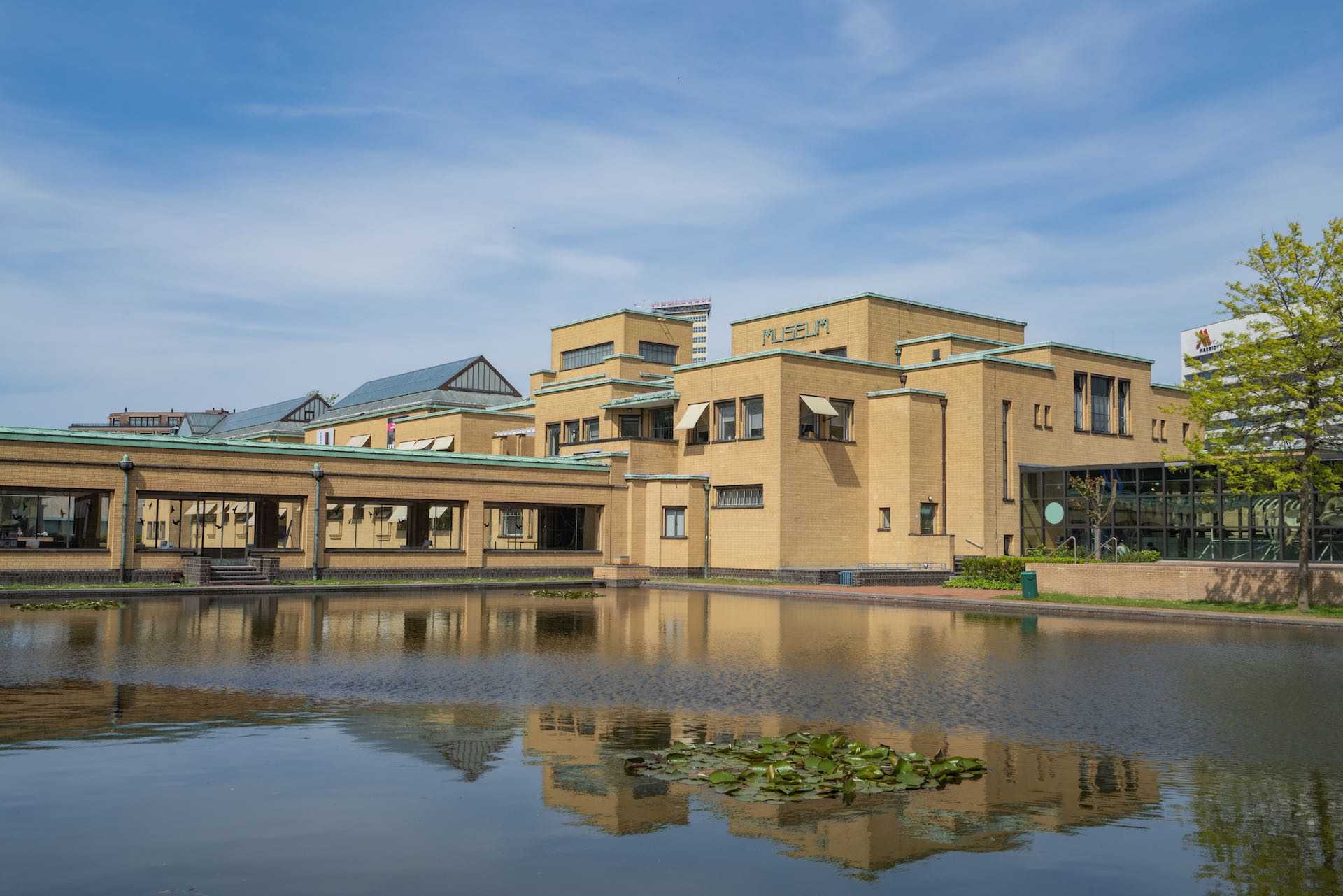
Statenkwartier
This neighborhood was largely established between 1890 and 1915. Characteristic are the diagonal street pattern with large, square crossings, and the frequent use of Art Nouveau architecture.
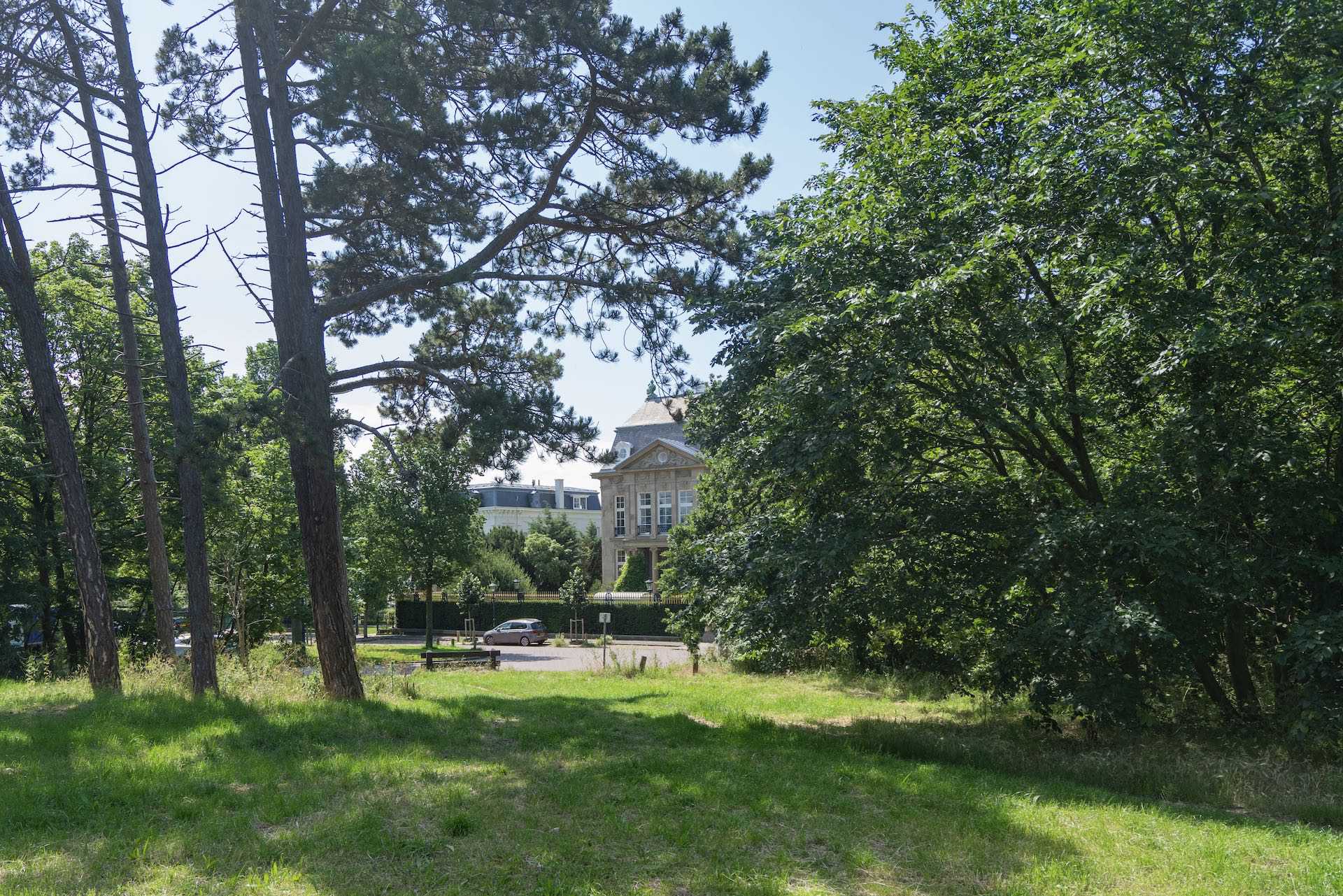
Van Stolkpark
The van Stolkpark gets its name from mr. Thomas van Stolk. The lawyer bought pieces of dune land in 1872 to create a villa park designed by Jan David and Louis Paul Zocker.
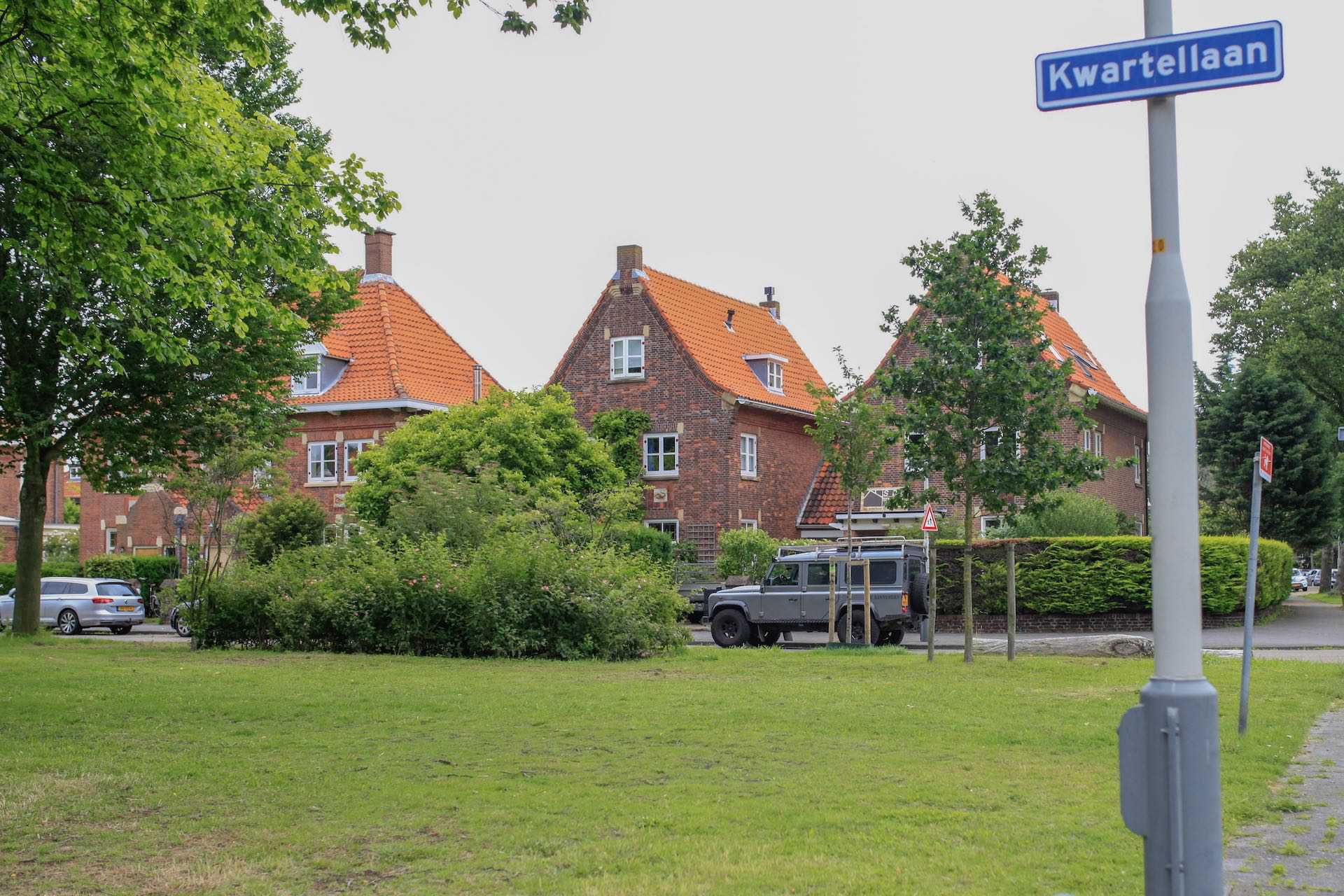
Vogelwijk
The Vogelwijk was laid out between 1910 and 1960 and laid out as a garden district with many detached villas and high-quality blocks of houses in expressive brick architecture. In the middle of the neighborhood, you can find houses built by architect Kropholler, who also built many churches and monasteries.
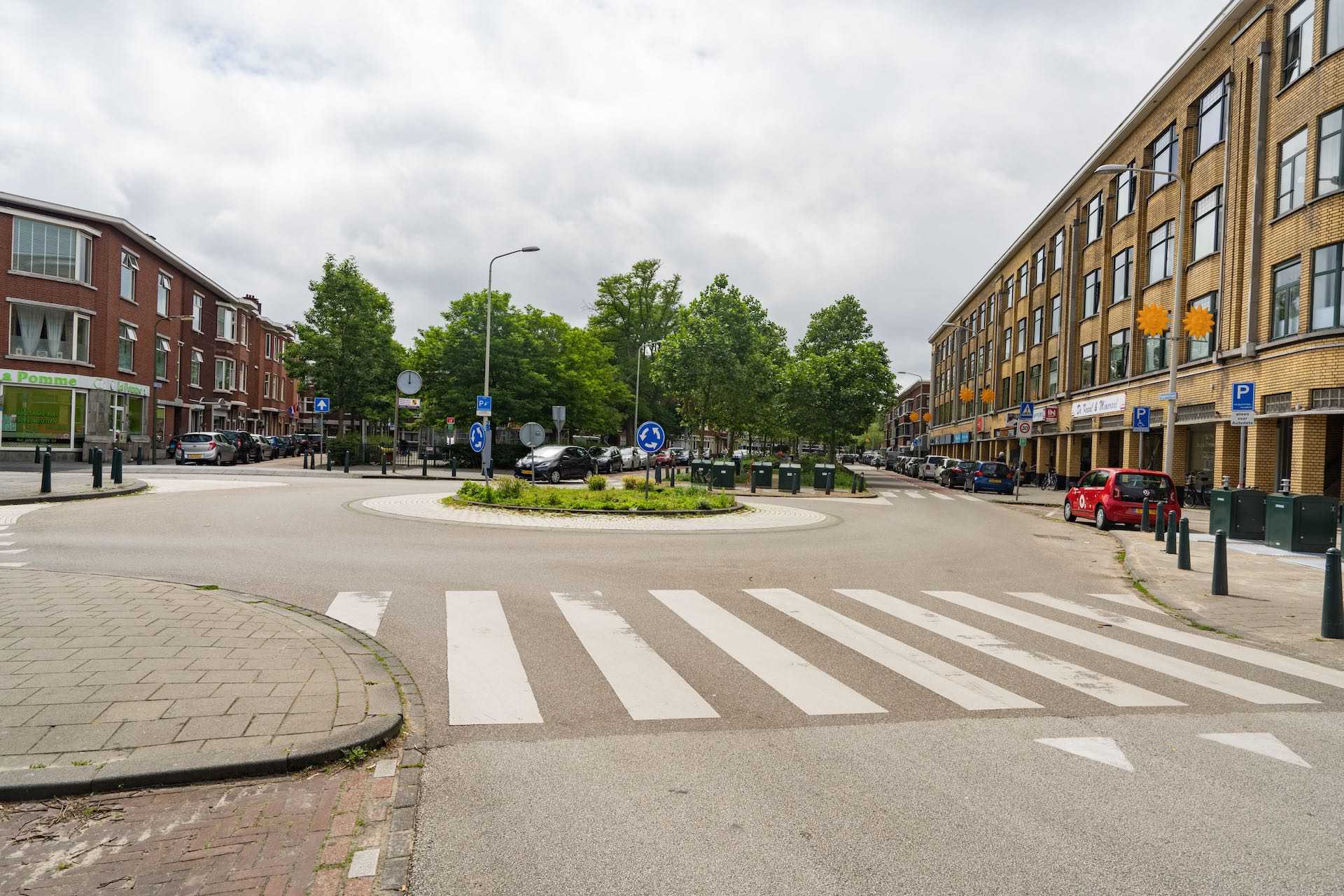
Vruchtenbuurt
The Vruchtenbuurt (The fruit neighborhood) was mainly built in the years from 1928-1940. So there are many houses in the characteristic “1930s” style.
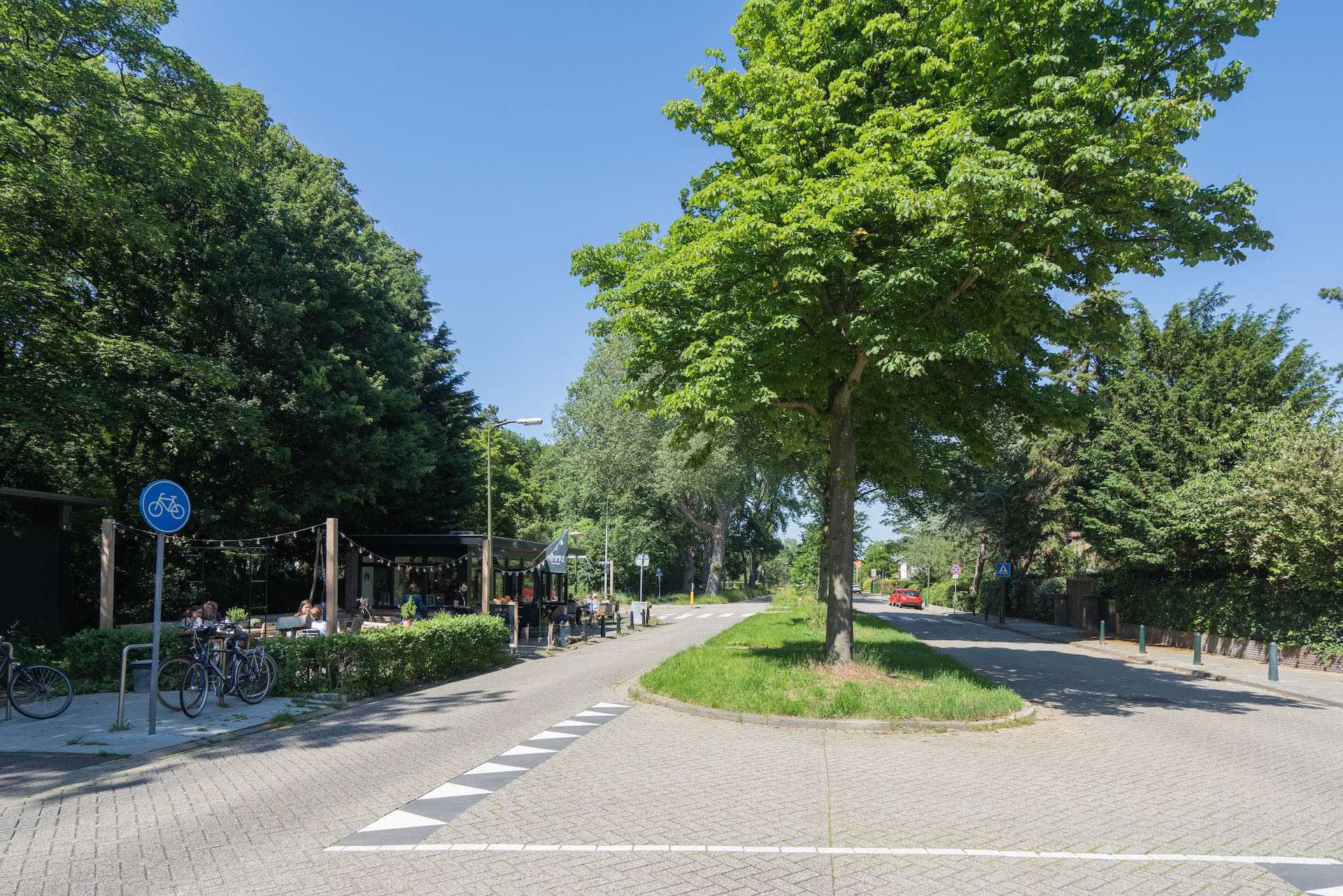
Westbroekpark en Duttendel
Traditionally, many monumental villas have been built here. Many houses are from before 1916 but modern houses have also been built.
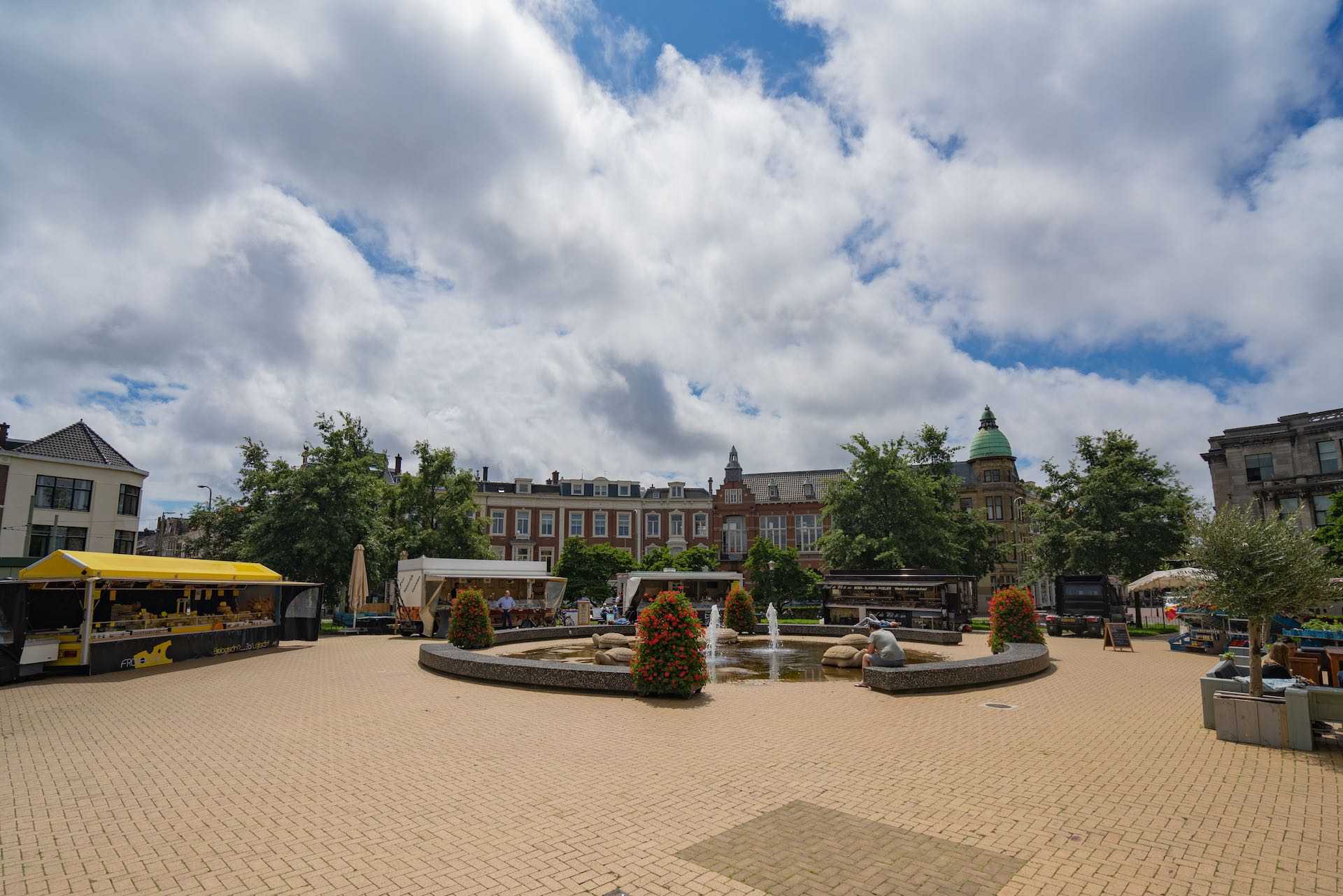
Zeeheldenkwartier
The Zeeheldenkwartier or Zeeheldenbuurt is a neighborhood in the center of The Hague. The neighborhood is designed in a straight pattern with two squares; the Anna Paulownaplein and the Prins Hendrikplein.
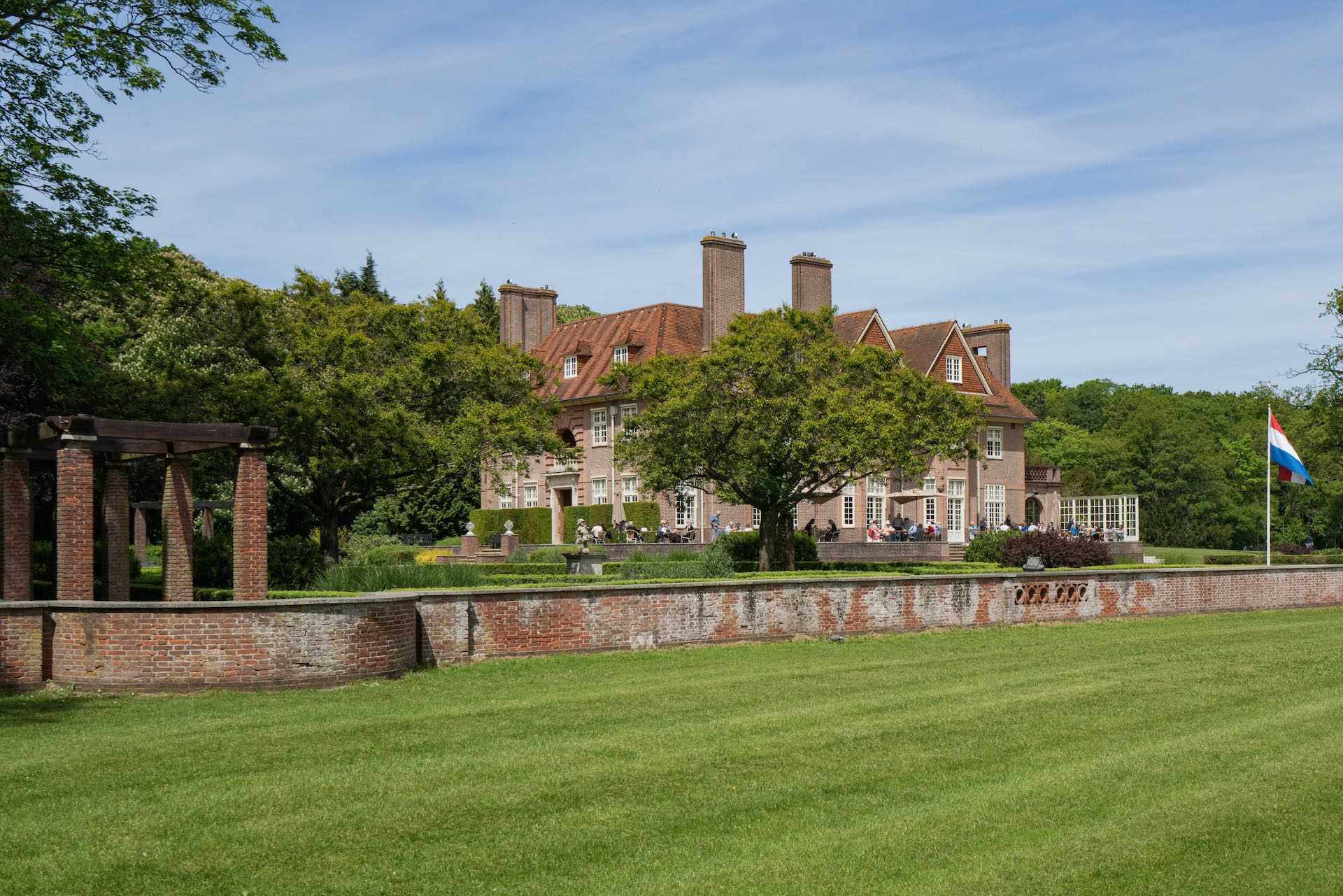
Wassenaar
Wassenaar is an elongated village with lots of green. It consists of a village center surrounded by a wooded area with villas and country houses and mansions.
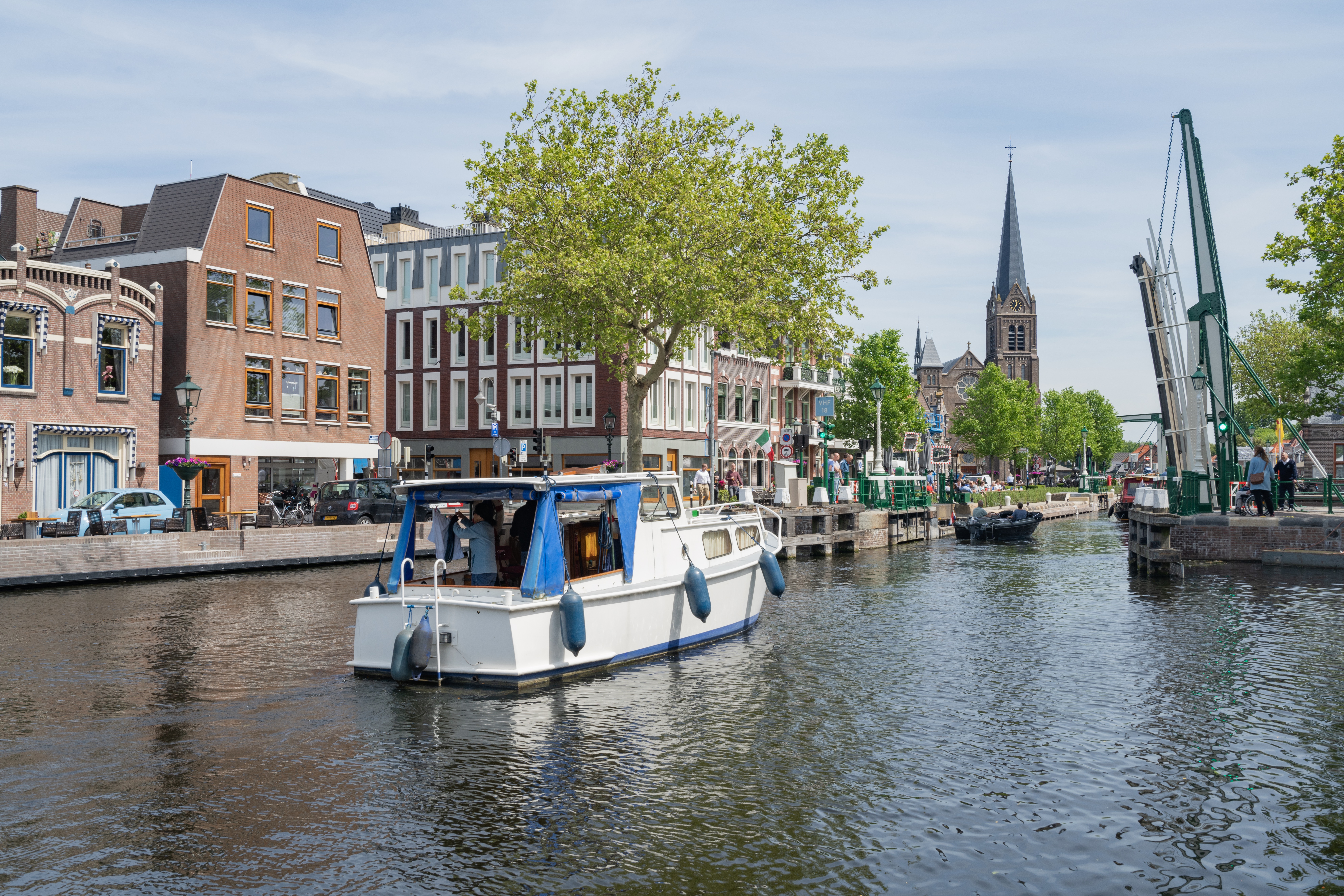
Leidschendam-Voorburg
A sub-municipality to the east of The Hague, located on the Vliet with spacious residential areas and its own village centers. The old Voorburg with the Herenstraat and the modern Koningin Julianaplein, Leidschendam with the Shopping Mall or The Netherlands (formerly Leidschenhage) and the Damlaan with the Sluisjes.
